Missed the content for Feburary? Don’t worry. The summary is now availbale on my patreon: https://www.patreon.com/jendrikillner
- the chapter describes the hybrid rendering pipeline used in the PICA PICA demo
- uses a mix of rasterization and raytracing techniques to generate the final image
- talks about opaque and transparent shadows, reflections, ambient occlusion, transparency, translucency, and GI techniques

- Ray Tracing Gems is now available as open access book
- the whole book is available as single pdf, but individual chapters can be downloaded too
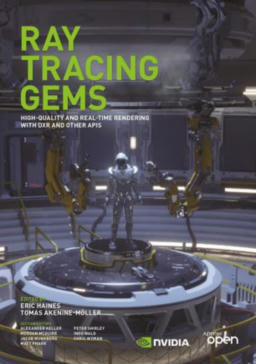
- presents a method to distribute sampling points within a triangle taking advantage of sub-triangles to guide the distribution
- able to reduce variance in the test scene by 2.17x
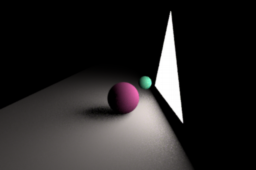
- collection of different sampling patterns
- explains the patterns and the characteristic of each
- provides C++ implementations
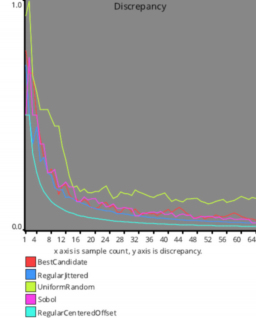
- presents a new algorithm that allows to efficiently and incrementally generate stratified sample points
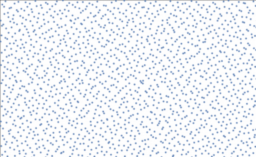
- shows how to implement a fluid like movement inside an object, tri-planar mapping and a animated waterfall shader using the Unity Shader Graph
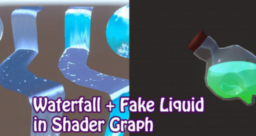
- shows how to implement halftone toon shading with Unity
- a technique that uses a binary lighting style that is modified by sampling screenspace signed distance fields to customize the edge between lit and unlit area
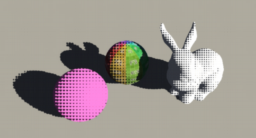
- documents the experiments with HDR support using all 3 different hardware vendors
- shows what HDR information is reported from DXGI and compares against manufacture APIs
- all vendors seem to indicate very different information about the same monitor connected
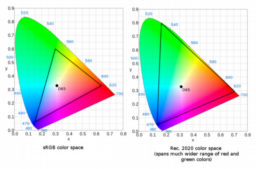
- presents how FreeSync2 supports HDR and variable refresh rate
- explains what variable refresh is and what is required to use it
- FreeSync HDR allows the game to collect capabilities from the monitor to adjust the tone mapping accordingly
- shows how to use the AMD library to create and request the device
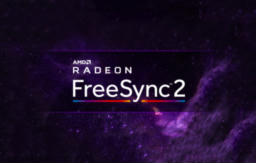
- shows the method used to abstract pixel formats between OpenGL and Vulkan using an external enum format
- using C++ preprocessor to provide abstraction and testing support

- explains the design of the new Unity batching system
- designed to enable better matching in situations where many materials are used, but they are using a small number of shader variations
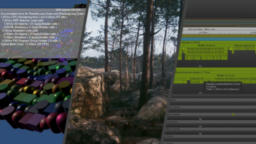
Thanks to Steven Cannavan @PedanticCoder for support of this series.
You would like to see your name here too? Become a Patreon of this series.